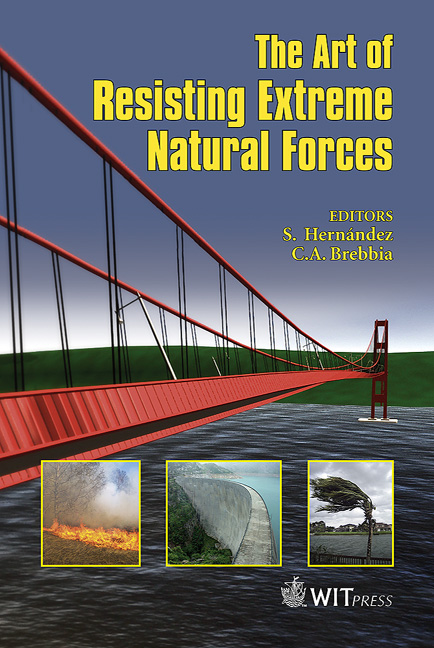Recent Tendencies In Wind Storm Climatology With Implications To Storm Surge Statistics In Estonia
Price
Free (open access)
Transaction
Volume
58
Pages
10
Published
2007
Size
482 kb
Paper DOI
10.2495/EN070051
Copyright
WIT Press
Author(s)
Ü. Suursaar, J. Jaagus & T. Kullas
Abstract
The aim of this paper is to present an overview of Estonian storm climatology and a statistical study of wind storms and storm surges in the coastal waters of Estonia, Baltic Sea. The results show a general positive trend both in local storminess and storm surge heights over the last century. These tendencies are probably associated with increased westerly circulation and cyclonic activity in the Northern Atlantic. While in Estonian tide gauges, the mean sea level rise (1.5–2.7 mm/yr) is roughly equal to or insignificantly higher than the recent global sea level rise estimates (1.5–1.7 mm/yr), the trend estimates for annual maximum sea levels vary between 3 and 10 mm/yr for different tide gauges and study periods. Maximum value analysis revealed that, in general, the empirical data of both annual maximum wind speeds and sea levels follow the Gumbel distribution. However, in some windward bays of western Estonia two storm surge events (in 1967 and 2005) are inconsistent with the theoretical distributions, which indicate that, in these locations, the most extreme sea level events are hardly predictable by means of return statistics. Keywords: climate change, storm surges, hurricanes, sea level, trends. 1 Introduction Estonia lies in the zone of moderate latitudes (57.5º–59.5º N, Fig. 1), which serves as a prolongation of the so-called North Atlantic storm track (e.g. Soomere [1]). As such, the predominant meteorological conditions in the area are characterized by the frequent passage of cyclones, which accordingly cause considerable sea level fluctuations in the nearly tideless eastern section of the
Keywords
climate change, storm surges, hurricanes, sea level, trends.





